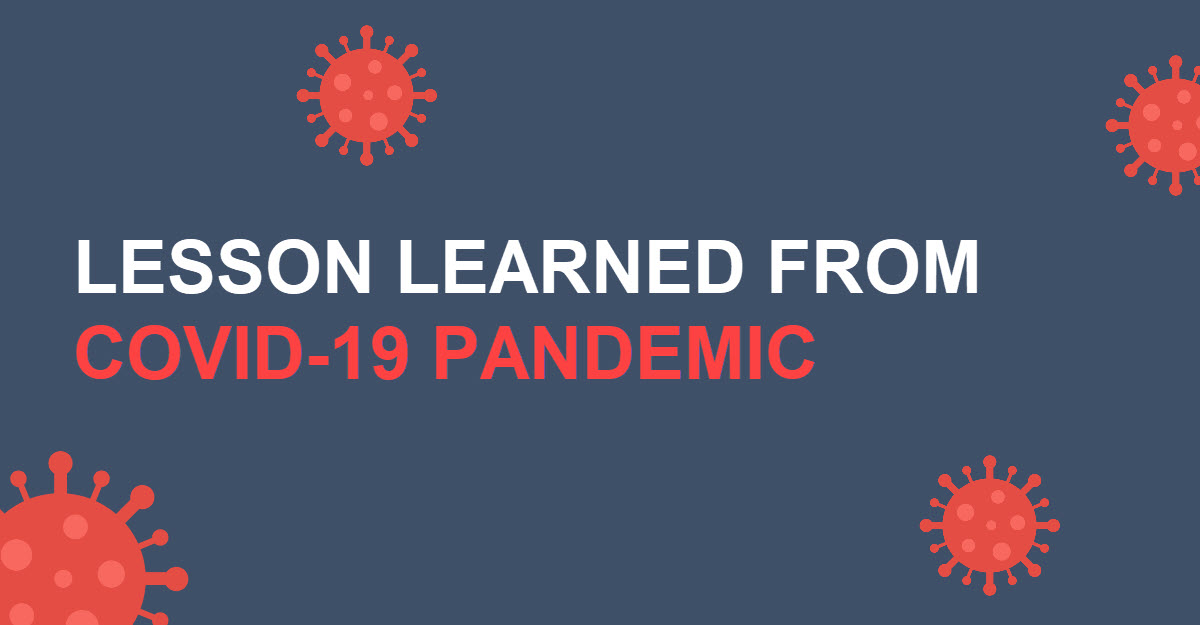Your cart is currently empty!

A Lesson for Quality Professionals from The Pandemic
Our quality professions – quality/process improvement/Six Sigma/Lean – is long on anticipation and short on resilience. Merriam-Webster defines anticipation as a prior action that takes into account or forestalls a later action or the act of looking forward. Anticipation requires accurate forecasting. The pandemic has taught us that forecasting is usually wrong, often so wrong as to be laughable. Experts in many fields have commented on the futility of trying to see the future.
“The only function of economic forecasting is to make astrology look respectable.”
John Kenneth Galbraith
“Forecasts may tell you a great deal about the forecaster; they tell you nothing about the future.”
Warren Buffett
One of the “unforecasted” events was the microchip shortage, which was partly responsible for the supply chain breakdown. The Lean profession’s insistence in just-in-time inventories exacerbated this problem. No doubt other aspects of our ways of doing business also contributed to the current situation. Just what these were remains to be determined. This begs the question of what alternatives to the same-old-way might’ve been employed.
How about planning for the bad times? For example, those who live in northern latitudes plan for the inevitable coming of winter in a variety of ways. You build snow days into the school year, buy a car with four-wheel drive, get used to scraping ice and shoveling snow. You make sure you have a coat, hat, and gloves. Snow, is no big deal: you just put on boots. Life has a regular rhythm. Where I live in Tucson, Arizona, snow storms and icy roads are a near apocalyptic event. Accidents skyrocket, schools close, people freeze to death. Although such storms are not unheard of, lack of preparedness for inclement weather is all too common. We simply seem to lack the will to spend the money and effort required to cope with the occasional storm. Our employers probably won’t be willing to do so either, but it’s up to us to try.
In his 1988 book, Searching for Safety, the late UC-Berkeley political scientist Aaron Wildavsky laid out two alternatives for dealing with risk: anticipation, the static planning that aspires to perfect foresight, and resilience, the dynamic response that relies on having many margins of adjustment: “Anticipation is a mode of control by a central mind; efforts are made to predict and prevent potential dangers before damage is done. Forbidding the sale of certain medical drugs is an anticipatory measure. Resilience is the capacity to cope with unanticipated dangers after they have become manifest, learning to bounce back. An innovative biomedical industry that creates new drugs for new diseases is a resilient device. . . . Anticipation seeks to preserve stability: the less fluctuation, the better. Resilience accommodates variability; one may not do so well in good times but learn to persist in the bad.”
The quality professions have always sought safety. We are master anticipators. Using tools like failure mode and effects analysis (FMEA) we do a great job of detailing what might go wrong, what the effects might be, how to prevent things from going wrong, and what do to if, heaven forbid, things go wrong anyway. This works well as long as things don’t go too far wrong or wrong too fast or wrong in ways we did not expect. And trying to use anticipation comes with its own set of risks. It leads to excessive planning and control which slows or stops the actions needed to cope with dramatic change. Operation warp speed created a vaccine in nine months instead of several years by removing much of the infrastructure of caution. Of course, risk increased as well.
Operation warp speed is an example of resilience; we sacrificed the safety of comprehensive, long-term vaccine testing for a nine month development time. What else might the quality professions offer to society and our employers in exchange for increased ability to react to unforeseen future crises? Let me know in the comments.
3 responses to “A Lesson for Quality Professionals from The Pandemic”
-
Acknowledge that the challenges were outside the scope of the profession’s capabilities in dealing with national and global policy and systems. Reinforcing the importance of operational definitions and run charts would be helpful.
-
Thanks, Tim. great comment. However, I must disagree with your statement “the challenges were outside the scope of the profession’s capabilities in dealing with national and global policy and systems.” We are after all the go-to profession globally for dealing with quality problems and failures. To say “it’s not within our scope” sounds like a cop out. While I’m not advocating that we be the primary profession with responsibility in this particlular crisis, we certainly have many things to contribute to the discussion of how to deal with it. Your suggestions that we could reinforce the importance of operational definitions and use run charts are excellent examples. The definitions of what is a covid-19 case are certainly “fluid”, as are such things as the cycle threshold from RT-PCR tests needed to indicate the presence of the virus. And tracking the trajectory of the pandemic over time would certainly benefit from the use of a simple tool like run charts.
-
-
Agree it’s all about risk. For years, we’ve been evangelizing Future of Quality: Risk(R). The lens or prism for most/all of today’s problem solving and decision making is through risk.
The qualtiy profession has been slow to adapt to the new risk world.

Leave a Reply